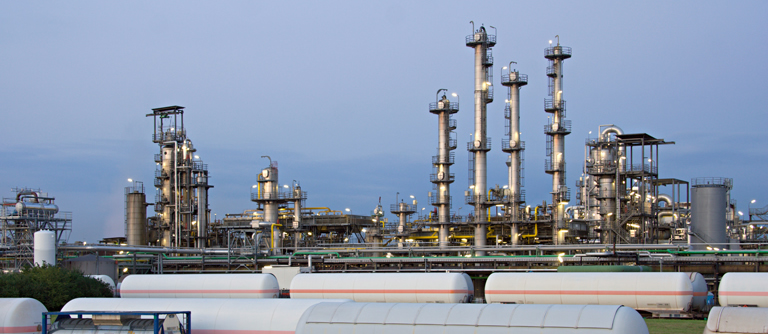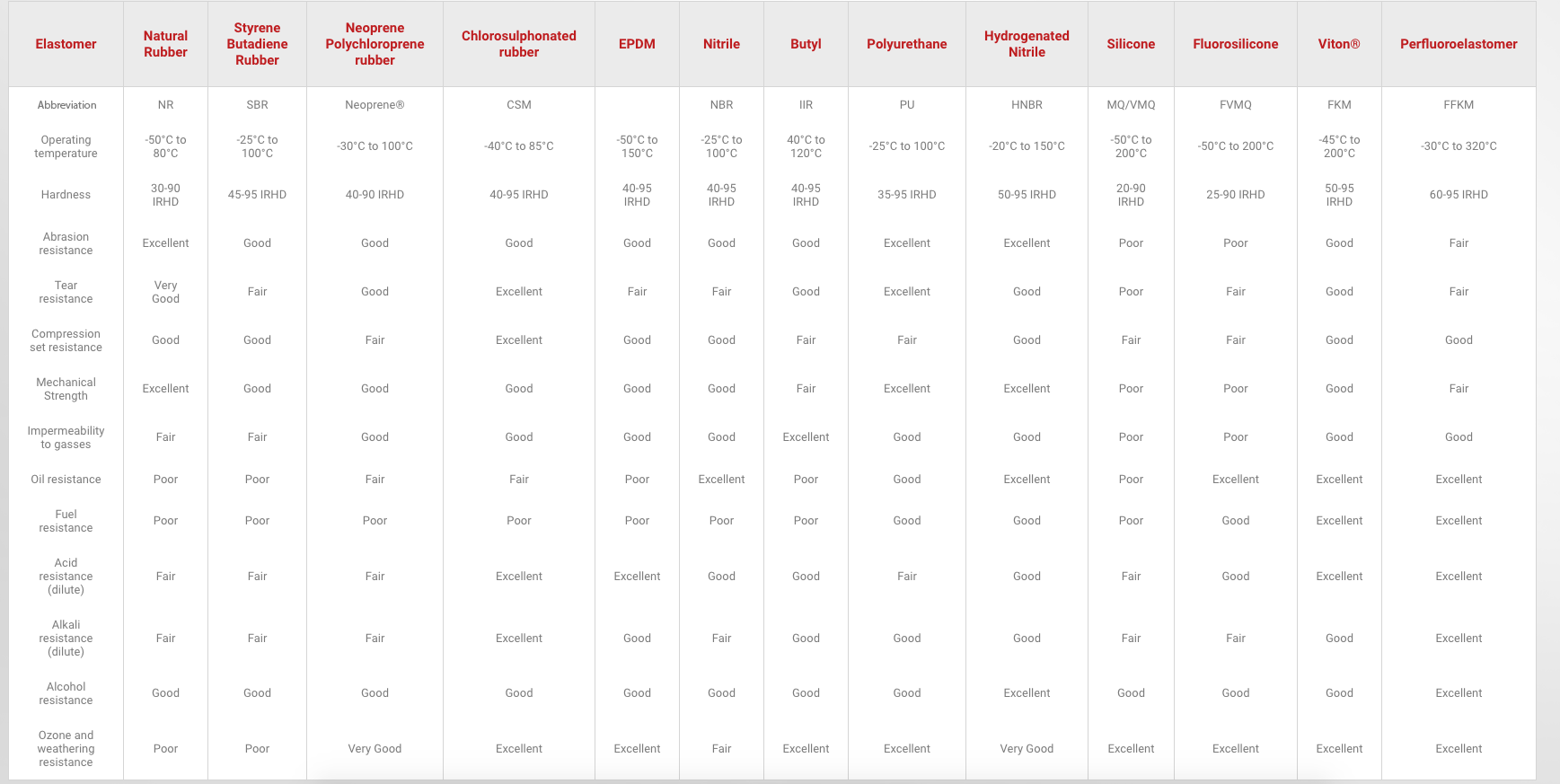Find the most appropriate ‘O’ ring size for your application.
Styrene-Butadiene Rubber Material Information
TRP Polymer Solutions supplies an impressive range of seal materials. Our expert polymerists have the experience and expertise to develop custom sealing solutions to meet the demands of your sealing application. We will work closely with you to understand your goals and challenges before recommending the most appropriate polymer material for the job. Our state-of-the-art rubber materials offer unrivalled performance, protection and ROI.
One of the advanced polymer materials that we work with at TRP Polymer Solutions is styrene-butadiene rubber (SBR). This synthetic rubber is a suitable seal material for applications requiring a cost-effective alternative to natural rubber. All polymer materials have their advantages and disadvantages, including SBR. Read on for a full insight into the advantages, disadvantages and typical applications of styrene-butadiene rubber.
What is styrene-butadiene rubber?
Styrene-butadiene rubber (SBR) is considered the most widely used rubber produced today. This general-purpose synthetic rubber is manufactured from a copolymer of butadiene and styrene, comprising of 75% butadiene and 25% styrene. These monomers are linked as part of a process called copolymerisation to form long, multiple-unit molecules that repeat randomly along the polymer chains. These are then cross-linked during the vulcanisation process.
Styrene-butadiene rubber is available in a range of shore hardnesses from 40 to 95 IHRD and can operate in a temperature range of between -25 °C and +90 °C for static sealing.
Advantages of styrene-butadiene rubber
Styrene-butadiene rubber offers a range of advantages. It is often used as a direct replacement for natural rubber, due to its similar characteristics but more economical price tag. Styrene-butadiene rubber offers excellent abrasion resistance and crack endurance. It also ages well and delivers good compression set and water resistance.
It is the addition of the organic compound styrene (a derivative of benzene) that contributes towards SBR’s advantageous strength, abrasion, wear and bonding properties, not to mention its affordability. Styrene-butadiene rubber generally offers superior heat-ageing properties and abrasion resistance than natural rubber.
Disadvantages of styrene-butadiene rubber
A major disadvantage of styrene-butadiene rubber is its poor sunlight and ozone resistance. This makes it less effective in outdoor applications. It also offers poor resistance to oil and steam, both of which force SBR rubber to swell and weaken over time.
Styrene-butadiene rubber’s tensile and abrasion strength is only made possible through reinforcement, such as from a filler like carbon black. SBR rubber is not suitable for applications involving chemicals, ozone, strong acids, greases, fats and most hydrocarbons.
Styrene-butadiene rubber applications
Styrene-butadiene rubber is the highest volume general-purpose synthetic rubber in production today. It is predominantly used in the manufacture of car tyres and is widely employed as an abrasion-resistant, economical alternative to natural rubber.
Other typical uses for styrene-butadiene rubber include the following:
• Rollers
• Gaskets
• Conveyer belts
• Hoses
• Cable insulation
• Adhesives
• Shoe heels
• Chewing gum
Frequently asked questions about styrene-butadiene rubber
What is SBR rubber’s chemical compatibility?
SBR rubber offers poor chemical resistance. Its resistance to solvents and weathering are inferior to most other elastomers. It becomes swollen and weakened by hydrocarbon oils. Atmospheric oxygen and ozone will also attack SBR rubber. Oxidation leads to an increased interlinking of the polymer chains, resulting in SBR rubber hardening with age.
What are SBR rubber’s mechanical properties?
SBR rubber is frequently employed as a direct replacement for natural rubber. It offers a number of useful mechanical properties including excellent abrasion resistance, crack endurance and ageing characteristics. Styrene-butadiene also delivers good compression set resistance and water resistance.
Is SBR rubber food safe?
SBR is not typically used for food and beverage applications. However, some specialised food-grade versions have been developed for food, pharmaceutical and cosmetic processing. Made from FDA-approved ingredients, these white coloured SBR compounds are designed to be non-toxic, non-marking and non-allergenic.
Where to buy styrene-butadiene rubber seals
TRP Polymer Solutions is an industry-leading manufacturer of high-performance styrene-butadiene rubber sealing components. We develop a comprehensive selection of sealing products from every type of polymer material imaginable.
For advice and guidance about our various ‘O’ ring materials – including styrene-butadiene rubber – or to discuss your application requirements in more detail, call TRP Polymer Solutions today on +44(0)1432 268899 or email sales@trp.co.uk.





